Like it or not, it's a good idea to take an occasional peek at your pup's feces. That's because worms in dog poop likely means your pup has roundworms or tapeworms, parasites that can cause discomfort in your pup. (Plus, it's super gross.)
Unfortunately, it's easy for dogs to contract worms, either from their mothers, the soil, or from eating other animals (or their poop). But your veterinarian will diagnose your dog and then prescribe treatments to help you get rid of the icky worms.
What Do Worms Look Like in Dog Poop?
First, you need to know how to look for signs of worms in a dog's poop.
If you spy worms in your dog's excrement, you're probably looking at tapeworms or roundworms. Tapeworms are flat white worms in dog poop—segments ¼ to ½ inch long that may be wriggling. (They look like rice.) Roundworms are off-white or tan lengths resembling spaghetti. If you see either of these worms in your dog's poop or clinging to the fur around your pet's anus, call your veterinarian. But you might not see them at all.
"Most of the time you won't see the worms themselves, as the worm eggs are usually the only evidence shed in the stool, and the eggs are microscopic," says Anne Conover, DVM and owner of Rolling Hills Veterinary Clinic in Madison County, Iowa. "Some types of worms will exit with the stools, such as tapeworms (which look like grains of rice) and if there is a very large worm burden, other types of adult worms will exit with the stools."
The Icky Facts You Need to Know About Worms in Dogs
Hookworms and whipworms burrow into the intestinal lining, and it's less likely that you'll see these worms visible in your dog's poop. But your veterinarian may see the worms' eggs by looking at a stool sample under a microscope.
While worms might be hard to spot in your dog's poop, there are some other bodily clues to look for, too. Many infected dogs have normal bowel movements, but you may notice such as diarrhea, vomiting, blood or mucous in the stool, weight loss, poor coat, and abdominal discomfort or enlargement. The surest way to know if your pup has worms is to have his stool tested by a veterinarian.
Then there are the outside worms. If you see maggots (fly larvae), earthworms, or red worms (red wrigglers) in your dog's poop, it's likely because those creatures are highly attracted to the feces and feed on them. They probably showed up quickly after your dog's bowel movement rather than being included when it exited his body.
How Do Dogs Get Worms?
Many puppies (and kittens) are born with roundworms that are passed from the mother's uterus or milk. Having little ones dewormed is important because roundworms can stunt growth and even cause death by blocking intestines. In addition, the feces of infected animals, in turn, infect the soil (for years!) and other animals who come in contact with that soil or feces.
Dogs (and cats) get tapeworms by eating fleas or other animals that are infected or consuming fleas that are carrying tapeworm eggs. "Microscopic eggs can easily be ingested without the pet owner knowing, and the worms then develop inside the dog," Conover says. Flea control is an effective way to avoid tapeworms.
Worms in Dog Poop Treatment
The best way for you to help your dog's worm problem is to call your veterinarian.
"They will advise you on diagnosis and types of dewormer to treat the problem. They may recommend you bring a stool sample in for testing to confirm the types of worms before treating," Conover says.
In addition, she says, an annual fecal exam should be performed by your veterinarian to make sure your dog is free of worm eggs before they mature into adults. "Puppies, particularly newborns, have a frequent deworming schedule—as recommended by a veterinarian—until they are old enough to start on preventatives," Conover says.
If your dog is diagnosed with worms, the deworming process includes administering a medicine that is poisonous to the worms but safe for your pet. The medication is given as a chewable tablet or a liquid or by injection and requires at least two doses (sometimes as many as six or more), spaced two weeks apart. The first dose kills the current worms and the second kills those that, in the meantime, hatched from eggs in the intestine.
After the deworming medication is given, you may see worms in your dog's poop or even in his vomit. This is a normal reaction that is simply removing the now-dead worms from your dog's body.
How to Treat Your Dog and Home for Fleas
Preventing Worms in Dog Poop
The first step to preventing worms is basic sanitation and hygiene. Pick up after your dog—both in public places and in your own yard—to prevent other dogs from eating his poop (gross, but it's a normal dog thing) and to avoid contaminating the soil. Contaminated soil can lead to your dog getting worms because worm eggs or larvae stick to your dog's feet, and when the dog grooms himself, they enter his mouth and result in an infestation.
Finally, Conover says, "Minimize direct contact with stray dogs and other animals, and do not let your dog sniff or eat other animals' feces."
To prevent passing your dog's worms to humans, always use a plastic bag when you pick up after him, and wash your hands as soon as possible. Don't let your dog use a playground or sandbox (or any place where children regularly play) as a litter box—children can contract worms by putting dirty fingers in their mouths.
"The best way to prevent and treat worms consistently is to use a monthly product that is both a heartworm preventative and an intestinal parasite preventative," Conover says. "You should also be using a flea and tick preventative to prevent worms and other diseases spread by these pests. Ask your veterinarian which products are best for your dog and your geographical location."

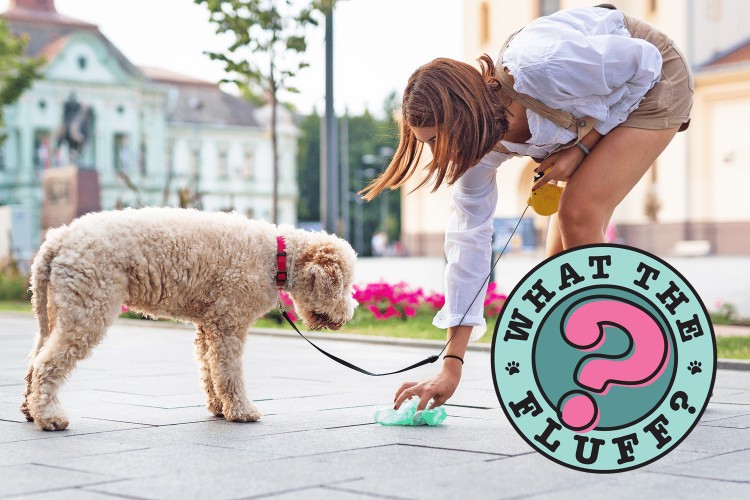
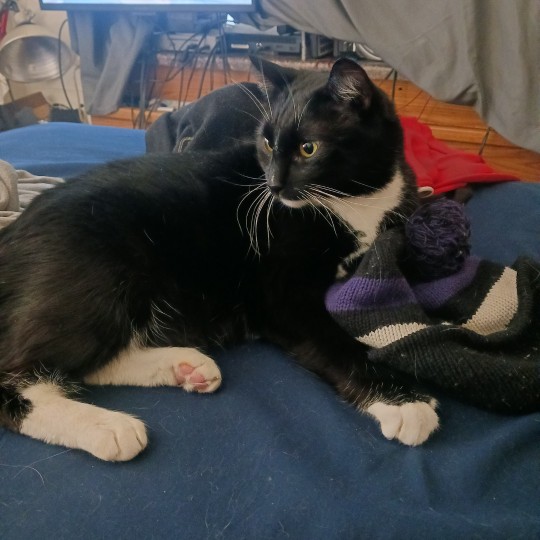

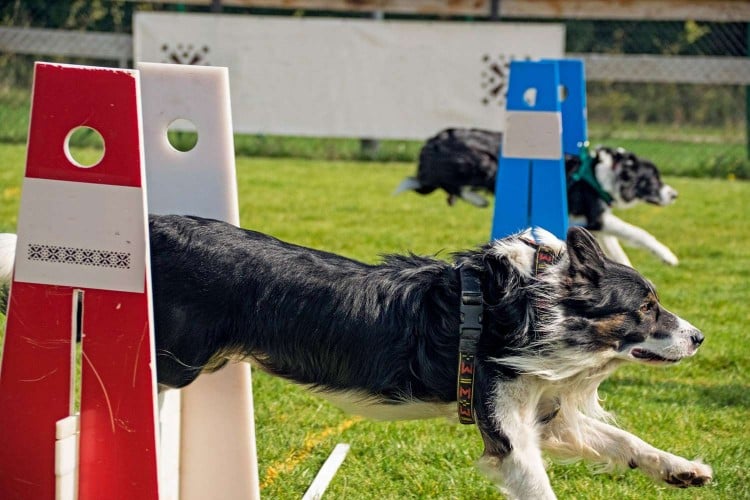
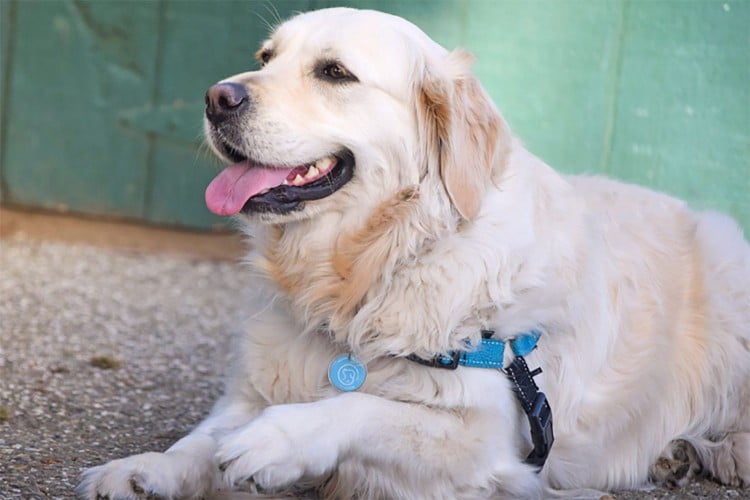
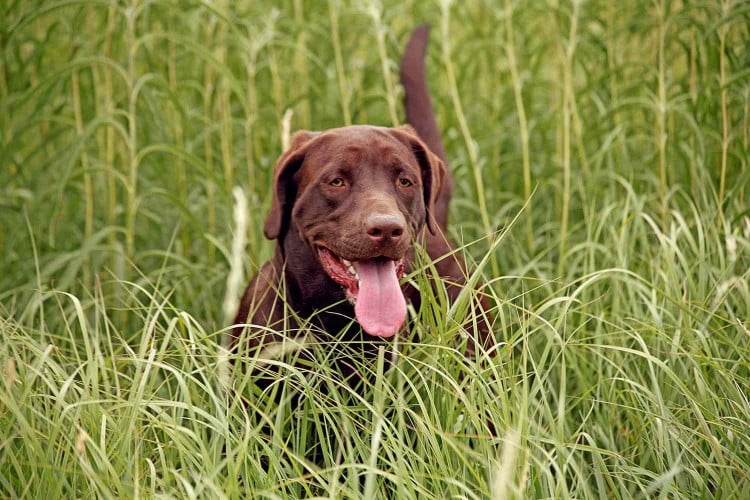



Comments on " Worms in Dog Poop Are Nasty. Here's How To Get Rid of Them" :